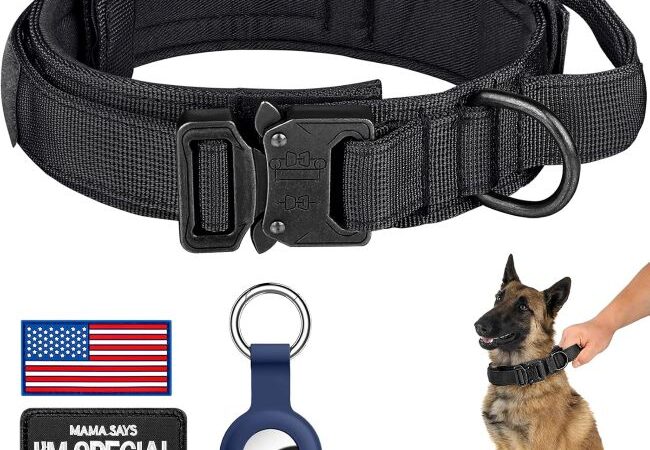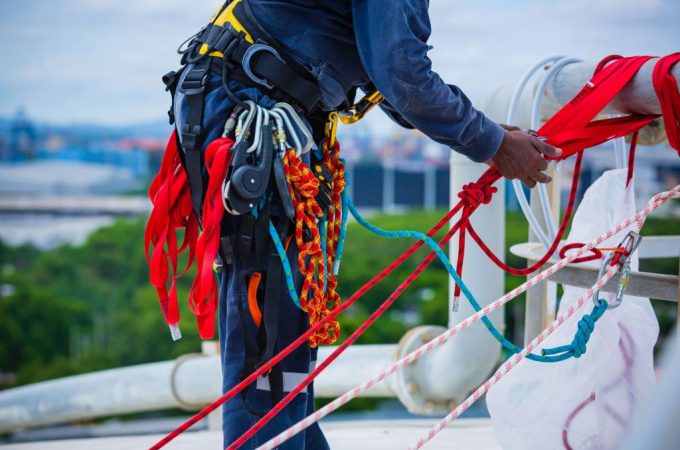
How to Build a Rope Swing: Ultimate DIY Guide
To build a rope swing, select a sturdy tree limb and attach a strong rope. Ensure the branch is stable and the rope is secure before use.
Contents at a Glance
ToggleSwinging on a rope swing is a timeless outdoor activity that enchantingly blends thrill with the simple joys of childhood nostalgia. Crafting your own rope swing involves a bit of planning, choosing the right materials, and a safe installation process.
The delight of creating a rope swing lies not only in the moments of fun it promises but also in the satisfaction of DIY craftsmanship. With safety as the paramount consideration, this easy-to-follow guide ensures that anyone from handymen to weekend warriors can construct a reliable and enjoyable rope swing in their backyard. The process begins with selecting the perfect branch and acquiring a rope of suitable strength and length, paving the way for countless afternoons of laughter and breezy relaxation.
Crafting Your Rope Swing: Ultimate Diy Guide
Choosing the perfect tree is a crucial step in building a rope swing. The selected tree should have a strong, horizontal limb that stands at least 20 feet off the ground. This guarantees both safety and optimal swing height. Prioritize hardwood trees like oaks or maples, which are known for their sturdy branches.
Respect the environment by ensuring that the tree is healthy and free of any diseases or pest infestations. Avoid trees that show signs of decay or weakness, as this could potentially lead to harm to both the user and the tree itself.
Choosing Materials For Durability
Various types of ropes are suitable for swing construction, each offering different levels of durability and strength. Manila ropes are a traditional choice, known for their natural fiber composition and resistance to sunlight. On the other hand, polyester and polypropylene ropes offer increased durability against moisture and mold, making them ideal for outdoor settings.
The swing seat should be made of hardwood for its inherent longevity and resistance to decay. Cedar, oak, or redwood are excellent options that provide a sturdy foundation while blending seamlessly with the outdoors.
Hardware is critical for ensuring a secure swing installation. Stainless steel or galvanized hardware components such as eye bolts, swing hangers, and carabiners are recommended to withstand the elements and bear the load of frequent use. The correct installation of hardware is pivotal in preventing accidents and extending the life of your swing.
Mastering The Knots And Ties
Essential knot-tying techniques are crucial to ensure the safety and durability of your rope swing. A reliable swing starts with mastering robust knots that can support weight and withstand motion.
For the perfect bowline knot, create a small loop near the end of the rope. Pass the free end up through the loop, around the standing part of the rope, and back down into the loop. Tighten by pulling the free end while holding the standing part. This creates a secure loop that won’t slip under load.
| Knot Type | Usage | Tips |
|---|---|---|
| Bowline Knot | Forming a non-slipping loop | Ensure the loop is firm and the knot is tight. |
| Hitch Knots | Securing the swing to a branch | Use multiple wraps for added security. |
To secure the swing with hitch knots, wrap the rope around the branch several times, then pass the free end through the wraps. Pull tight to compress the wraps against each other. Finish with a half hitch, by passing the free end around the standing part and tucking it through the loop formed. Repeat on the opposite side to lock the hitch in place.

Credit: www.scatteredthoughtsofacraftymom.com
Seat Design And Preparation
Creating a comfortable and safe rope swing demands attention to the size of the seat. Ensure the seat width accommodates the user comfortably while keeping safety in mind, typically between 17 to 24 inches wide.
To enhance the durability of a wooden swing seat, sanding is a critical step. Smooth the wood surface to prevent splinters, and apply a weather-resistant sealant to protect against the elements, ensuring a long lifespan for your swing.
For secure rope attachment, drilling holes must be precise. Create holes that are slightly larger than the rope thickness to ease threading, located about 2 inches from the seat edge. This allows the swing to hang properly and supports even weight distribution.
Swing Attachment And Safety
Building a rope swing requires careful planning to ensure both fun and safety. Optimal seat height should allow a person’s legs to dangle without touching the ground, typically around 17-24 inches off the ground for an average adult. To calculate rope length, consider the height of the branch plus twice the height of the seat from the ground, adding a few feet for knots and adjustments.
Throwing rope over sturdy branches is a delicate process that warrants patience and precision. Choose a branch that is at least 8 inches in diameter and healthy to ensure it can support the weight. Avoid branches showing signs of decay or weakness.
Proper installation is critical for longevity and safety. Bolts and tree straps are preferred over nails to minimize tree damage. Tree straps also spread the weight more evenly around the branch. Always use heavy-duty bolts designed for outdoor use and appropriate for the weight the swing will need to support.
Final Touches And Maintenance
To enhance comfort, consider adding seat cushions and possibly a backrest to your rope swing. Select materials that are outdoor-friendly and water-resistant, ensuring durability against the elements. Attach cushions securely to avoid slippage or loss.
Maintaining your rope swing involves regular inspections. Look for signs of wear and tear on the rope, seat, and any connecting hardware. At a minimum, perform checks at the beginning of each season, as weather changes can affect the rope’s integrity. Replace any compromised parts immediately to ensure safety.
Seasonal care is also crucial for longevity. Protect the swing during extreme weather—remove it or cover when not in use. Use a weather-resistant finish on the wooden parts, and during winter or rainy seasons, store the swing indoors if possible. This prevents moisture buildup that could lead to rot or mold.
Frequently Asked Questions Of How To Build A Rope Swing
What Is The Best Diameter Rope For Rope Swing?
The ideal diameter for a rope swing is 3/8 to 1/2 inch for ease of grip and strength. Choose a durable material like braided polyester or Manila.
How Do You Make A Rope Swing Without Climbing?
To create a rope swing without climbing, use a weighted throw bag to loop the rope over a sturdy tree branch. Secure a knot for the swing seat below. Always ensure the branch’s strength and stability before swinging.
What Knot To Use For Rope Swing?
For a rope swing, use the bowline knot for secure attachment to the branch. Ensure it’s tightly tied to support weight safely.
What Is The Best Rope For A Diy Swing?
The best rope for a DIY swing is a braided polyester rope due to its strength, weather resistance, and low stretch. Choose a rope with a diameter comfortable for grip and rated for weight above anticipated use.
Conclusion
Crafting your own rope swing brings a touch of nostalgic joy to any backyard. With the right materials and a dash of creativity, you’ve learned the steps to elevate your outdoor fun. Remember, safety is essential; always check the durability of your swing.
Now, go ahead – swing into action and savor the breeze!





